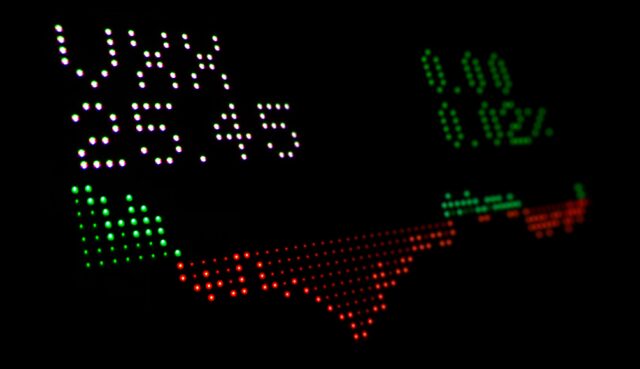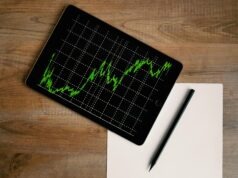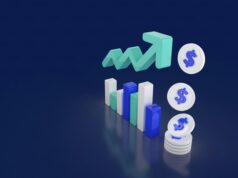
An ETF screener is a website or software tool that assists users in locating exchange-traded funds (ETFs). The results are returned when the user specifies parameters that narrow the search to just ETFs on the market.
ETFs are funds that hold a portfolio of securities or equities that reflect the performance of an underlying index, sector, or group of assets. ETFs may track a basket of bonds or commodities, or an index such as the S&P 500.
Shareholders who buy ETFs do not own the underlying assets directly, but they do have indirect ownership through the funds. While mutual funds are comparable, ETFs move more like stocks, but with lower costs and more liquidity than mutual fund shares. In other words, ETF shares are often easy to buy and sell, with minimal execution delays.
With over 1,800 ETFs on the market today and more than 150 new ones being introduced each year, determining which product will perform best in your portfolio can be difficult. How do you assess the ever-expanding ETF world?
The Criteria for Selecting the Right ETF Screeners
- Ongoing Charges (TER)
One of the most significant benefits of ETFs is their low cost in comparison to alternative investments such as actively managed funds. Nonetheless, even within various ETFs, there are frequently significant pricing disparities. The Total Expense Ratio can be used to determine the cost of an ETF (TER). The TER is approximately the yearly fee you might anticipate paying for owning an ETF. It calculates and deducts the administrative, legal, operational, and marketing costs spent by the ETF’s management from your returns.
- Fund Size (over US$100 Million)
The profitability of an ETF is determined by the fund volume. Prefer a fund with more than $100 million in assets under management. Once the ETF exceeds this criterion, it is likely to be profitable enough to avoid liquidation.
- The Fund’s Age (Older Than One Year)
You can compare ETFs more effectively if they’ve established a respectable track record. For a long-term investment, you need at least one year of performance data; three years is preferable, and five years is even better. Furthermore, if the ETF has any history, you can better judge if it is at risk of being closed down on time. ETFs that have just been introduced often have low fund volume. In such circumstances, it is sometimes unclear if the low volume is due to the ETF’s short term or whether it is just not in demand among investors. If this is the case, the ETF may be forced to close again.
- Performance and Tracking Difference
The ideal ETF would provide the same return as its index. However, ETFs are exposed to real-world frictions that indexes are not. ETFs must pay transaction fees, taxes, personnel wages, regulatory fees, and a slew of other expenses. Meanwhile, indices are virtual global league tables that may be used to calculate the return of a market that is not constrained by ETF drag factors.
Comparing ETFs that track the same index over the same time period allows you to analyse the tracking difference. Simply use the ETF’s charting tools to compare their overall returns over the greatest time period possible.
- Trading Costs
When purchasing an ETF, order costs are incurred. These differ according to the broker.
ETFs are often purchased and traded on the stock exchange. In addition to order costs, the spread between the purchasing and selling prices must also be considered. The size of this spread is determined by the liquidity of the traded ETF.
The liquidity of an ETF relates to how easily it may be traded on the stock exchange. The more liquid an ETF is, the more probable it is that you can purchase and sell it quickly and cheaply. Because the underlying assets in broad market ETFs are routinely traded in enormous volumes, they are often quite liquid. For example, because the majority of shares traded on the UK stock exchange are very liquid, an ETF holding the same assets (e.g., FTSE 100 shares) may likewise be swapped quickly with a little price markup.
- Tax Status
Always check that your ETFs are reporting funds. This allows you to avoid a big tax surprise later on. Unless they are reporting funds, offshore capital gains are subject to unfavorable income tax rates rather than more benign capital gains tax rates.
Conclusion
ETF screeners are tools that enable investors to search through all of the ETFs on the market for those that fulfill specified criteria. Filtering parameters for an ETF screener include cost ratios, market returns, business sizes, and sectors. It’s critical to figure out which criteria correspond to your investing objectives, financial goals, and risk tolerance. ETF screeners can be tailored for fresh or experienced investors.


































